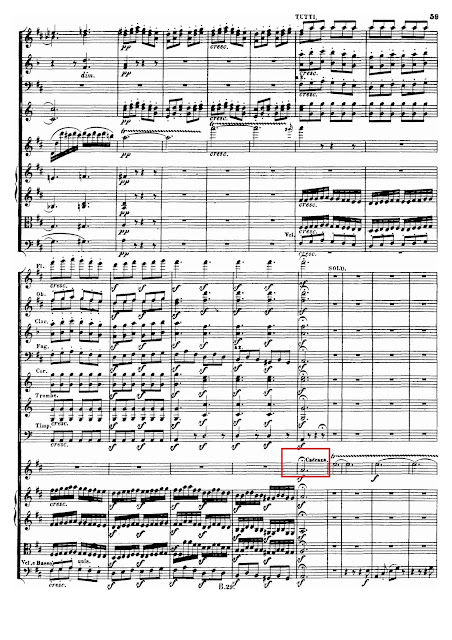DLXXVII. BEETHOVEN, Ludwig van (1770-1827)
It is hard to believe.
After an "unsuccessful" premiere, this great masterpiece languished in obscurity until the 12-year-old Joseph Joachim played it with the London Philharmonic under Felix Mendelssohn in 1844!
First movement
The opening with timpani; the unprepared D-Sharp in the violins (leading tone to E, the fifth of A dominant); to the shuddering 16th-notes in the lower strings -- all this on Page One!
a sudden deceptive cadence to B-Flat Major:
D Minor:
A spine tingling moment. The soloist slides up chromatically, then after two bars of string accompaniment (three 1/8ths and a 1/4), (s)he is all alone to negotiate a delicate bar which ends on a high E -- moving to several bars of high-wire trills!
What heavenly divine music! The violin plays the theme slowly, accompanied by plucks of pizzicato. The solo bassoon intones the melody with irony/humor? ... and the violin then rushes to a triumphant conclusion!
Traditional move to the subdominant (G Major). Sublime. A short cadenza then attacca to
A simple Rondo with a simple arpeggio, with fleeting suggestive harmonies of I-V-IV-V-I:

























No comments:
Post a Comment